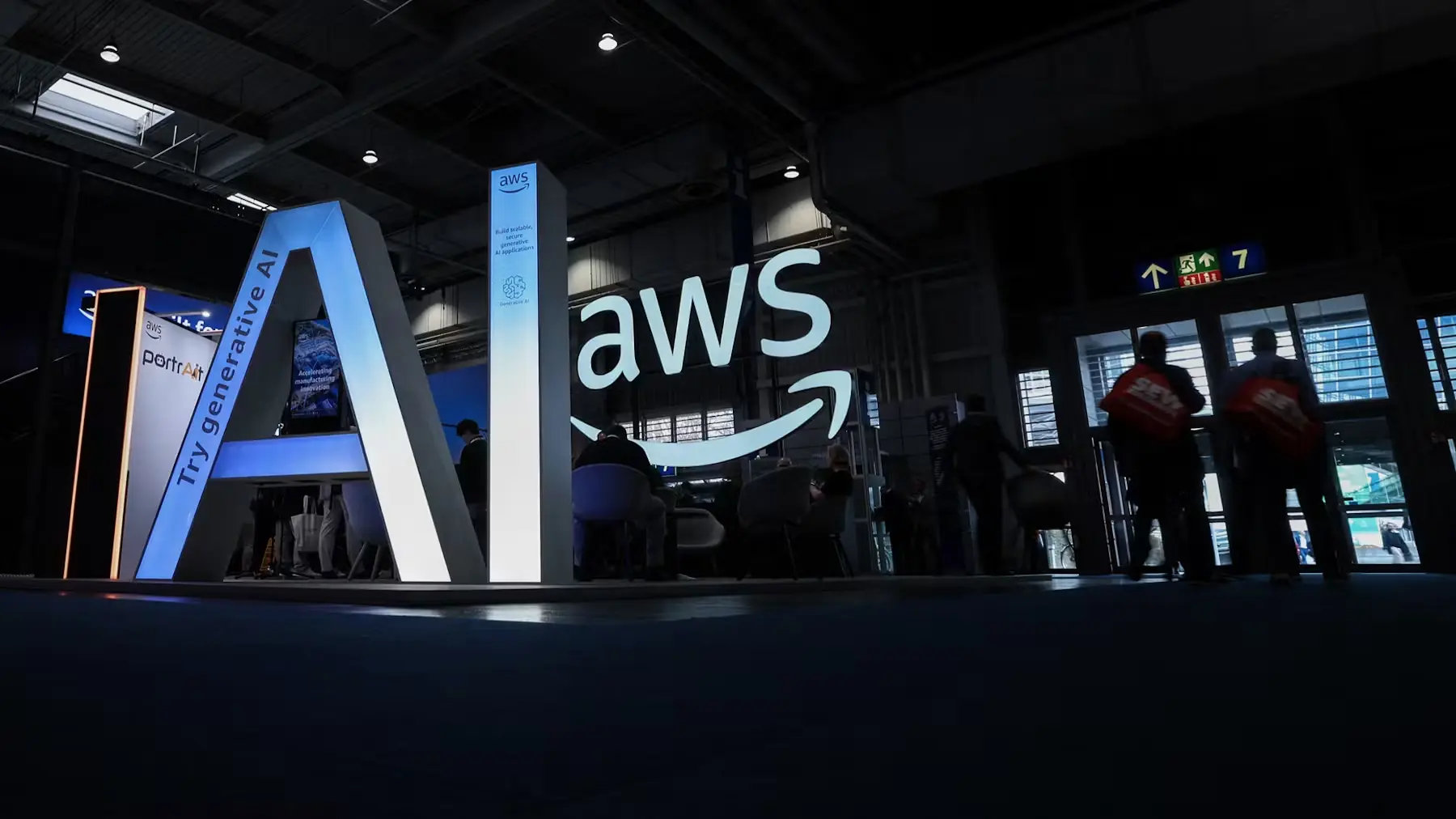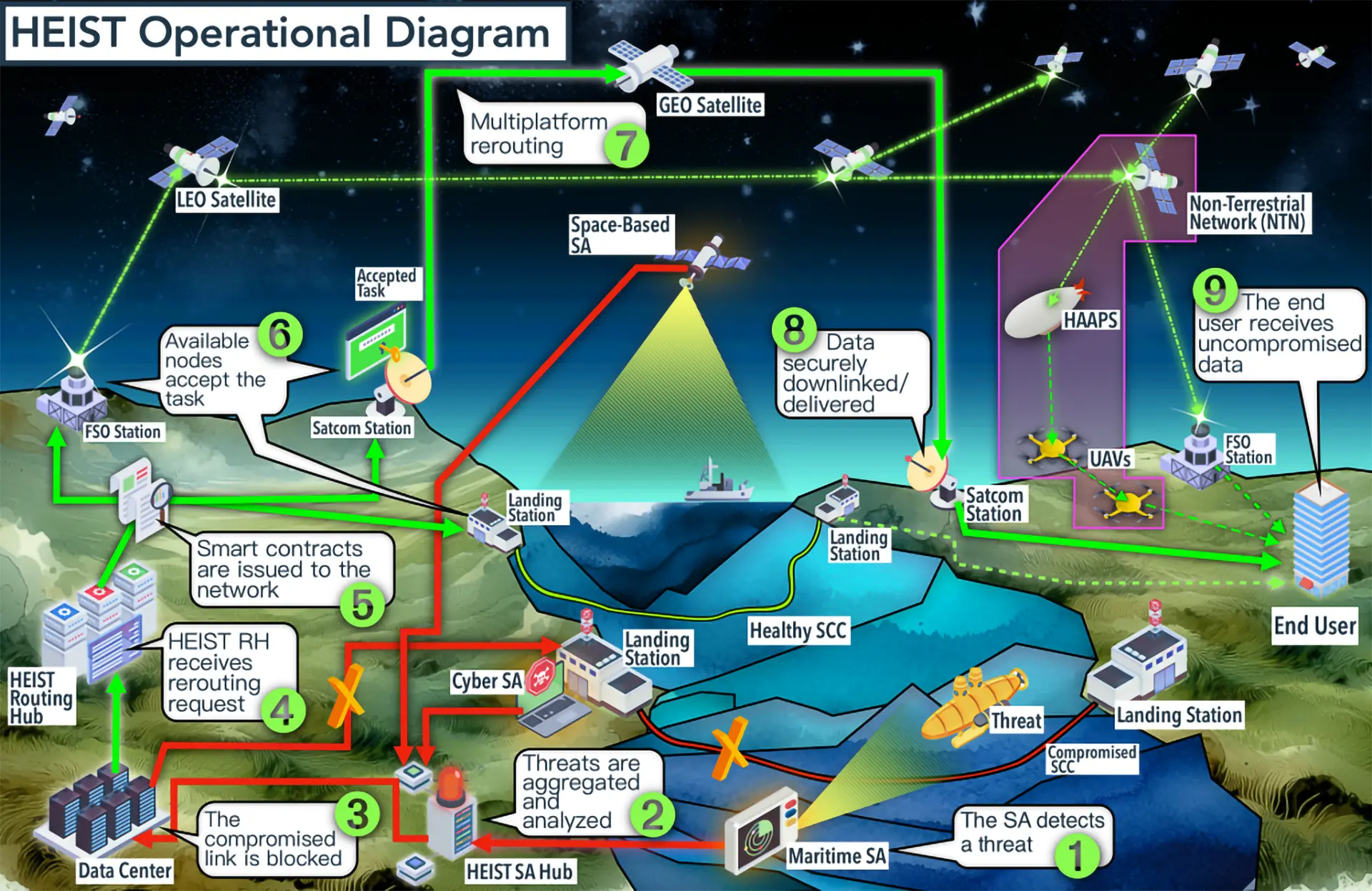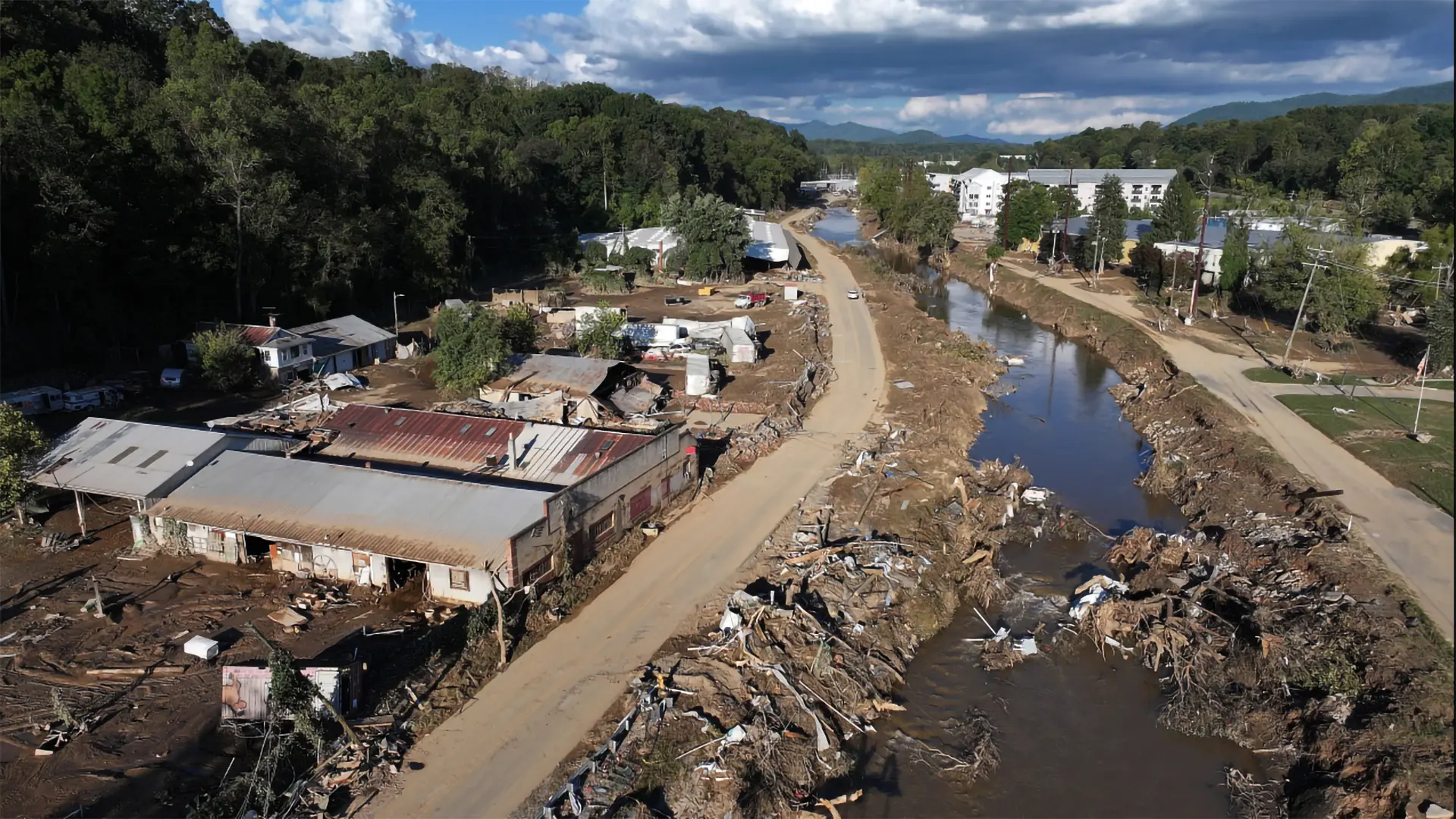

 Despite its promise of universal access, Starlink often fails to meet broadband benchmarks across key markets. New data reveals fluctuating performance and raises questions about reliability, digital equity, and tiered service models.
Despite its promise of universal access, Starlink often fails to meet broadband benchmarks across key markets. New data reveals fluctuating performance and raises questions about reliability, digital equity, and tiered service models.
 The hiQ ruling erased legal protections against commercial scraping, leaving infrastructure providers to absorb escalating costs. Without federal action defining data misappropriation, a free-rider AI economy could undermine open networks, investment, and long-term data integrity.
The hiQ ruling erased legal protections against commercial scraping, leaving infrastructure providers to absorb escalating costs. Without federal action defining data misappropriation, a free-rider AI economy could undermine open networks, investment, and long-term data integrity.
 A new report from the Fiber Broadband Association details how fiber networks improve public safety and disaster response, offering real-world case studies that highlight the technology's resilience, reliability, and critical infrastructure value.
A new report from the Fiber Broadband Association details how fiber networks improve public safety and disaster response, offering real-world case studies that highlight the technology's resilience, reliability, and critical infrastructure value.
 Starlink dominates the satellite internet race, echoing IBM's past supremacy in computing. But geopolitical divides, advancing rivals, and Elon Musk's controversies suggest its lead will narrow as competitors gain ground in a fragmented global market.
Starlink dominates the satellite internet race, echoing IBM's past supremacy in computing. But geopolitical divides, advancing rivals, and Elon Musk's controversies suggest its lead will narrow as competitors gain ground in a fragmented global market.
 OpenVault's latest broadband report shows U.S. households using more data, with uploads rising faster than downloads and a major shift toward midrange speed tiers. Growing gaming, streaming, and cloud activity continues to reshape network demand and subscriber behavior.
OpenVault's latest broadband report shows U.S. households using more data, with uploads rising faster than downloads and a major shift toward midrange speed tiers. Growing gaming, streaming, and cloud activity continues to reshape network demand and subscriber behavior.
 The Internet has evolved from a scarcity-driven system into one defined by abundance, reshaping infrastructure, governance, and economic models while challenging long-held assumptions about addressing, network roles, and the future of protocol design.
The Internet has evolved from a scarcity-driven system into one defined by abundance, reshaping infrastructure, governance, and economic models while challenging long-held assumptions about addressing, network roles, and the future of protocol design.
 Despite early dismissals from cable giants, consumer demand and real-world use cases proved the value of gigabit broadband. Today, slow uploads and strategic pricing continue to signal an industry reluctant to embrace speed.
Despite early dismissals from cable giants, consumer demand and real-world use cases proved the value of gigabit broadband. Today, slow uploads and strategic pricing continue to signal an industry reluctant to embrace speed.
 As telecom networks grow more interconnected, local outages can now trigger regional or national disruptions. A recent article by Ookla outlines five critical steps operators must follow to prevent small faults from cascading into systemic failures.
As telecom networks grow more interconnected, local outages can now trigger regional or national disruptions. A recent article by Ookla outlines five critical steps operators must follow to prevent small faults from cascading into systemic failures.
 Most households experience poor WiFi performance, yet ISPs routinely overlook in-home coverage gaps. A new survey reveals that customers increasingly conflate WiFi with broadband itself, and many are willing to switch providers for better service.
Most households experience poor WiFi performance, yet ISPs routinely overlook in-home coverage gaps. A new survey reveals that customers increasingly conflate WiFi with broadband itself, and many are willing to switch providers for better service.
 While Starlink dominates the low-Earth orbit internet race, rivals like OneWeb, Telesat, Amazon's Project Kuiper, and Europe's IRIS² are slowly building capacity, buoyed by geopolitical necessity, state support, and commercial partnerships.
While Starlink dominates the low-Earth orbit internet race, rivals like OneWeb, Telesat, Amazon's Project Kuiper, and Europe's IRIS² are slowly building capacity, buoyed by geopolitical necessity, state support, and commercial partnerships.
 eco's topDNS initiative and AV-Test are publishing monthly reports to help ISPs detect and mitigate DNS abuse by analysing malware, phishing, and PUA trends, creating a long-term data foundation for industry-wide transparency.
eco's topDNS initiative and AV-Test are publishing monthly reports to help ISPs detect and mitigate DNS abuse by analysing malware, phishing, and PUA trends, creating a long-term data foundation for industry-wide transparency.
 Over two years of war, Israel has decimated Gaza's ICT infrastructure, crippling connectivity, impeding emergency response, and isolating civilians from the digital world, while cementing long-standing control over telecommunications under the guise of national security.
Over two years of war, Israel has decimated Gaza's ICT infrastructure, crippling connectivity, impeding emergency response, and isolating civilians from the digital world, while cementing long-standing control over telecommunications under the guise of national security.
 There was an interesting article in the Washington Post that talked about an elementary/middle school in West Virginia that is finally going to get WiFi for students. The Green-Bank Elementary-Middle School is located within the National Radio Quiet Zone.
There was an interesting article in the Washington Post that talked about an elementary/middle school in West Virginia that is finally going to get WiFi for students. The Green-Bank Elementary-Middle School is located within the National Radio Quiet Zone.
 SES's first multi-orbit partnership was Cruise mPOWERED + Starlink, providing a managed blend of SES MEO and Starlink LEO service for maritime operators, and we can expect similar bundled services in aviation and enterprise markets.
SES's first multi-orbit partnership was Cruise mPOWERED + Starlink, providing a managed blend of SES MEO and Starlink LEO service for maritime operators, and we can expect similar bundled services in aviation and enterprise markets.
 Broadband infrastructure is advancing rapidly, from multi-gigabit cable and fiber networks to next-generation fixed wireless and satellite systems. With speeds reaching up to 25 Gbps for consumers and 1 Tbps in orbit, these developments mark a pivotal shift in connectivity, setting the stage for more scalable, flexible, and high-capacity networks.
Broadband infrastructure is advancing rapidly, from multi-gigabit cable and fiber networks to next-generation fixed wireless and satellite systems. With speeds reaching up to 25 Gbps for consumers and 1 Tbps in orbit, these developments mark a pivotal shift in connectivity, setting the stage for more scalable, flexible, and high-capacity networks.
 AI Boom Spurs Record Investment in Undersea Cables Amid Geopolitical and Security Concerns
AI Boom Spurs Record Investment in Undersea Cables Amid Geopolitical and Security Concerns Verizon and AWS Expand Network Ties to Meet AI Data Demands
Verizon and AWS Expand Network Ties to Meet AI Data Demands Starlink Passes 10,000 Satellites, Expanding Global Internet Reach
Starlink Passes 10,000 Satellites, Expanding Global Internet Reach JetBlue Selects Amazon’s Project Kuiper for In-Flight Satellite Connectivity
JetBlue Selects Amazon’s Project Kuiper for In-Flight Satellite Connectivity America’s Broadband Blind Spot: Audit Reveals Millions More Offline Than FCC Reports
America’s Broadband Blind Spot: Audit Reveals Millions More Offline Than FCC Reports Africa’s Digital Darkness: Internet Shutdowns Reach Record High
Africa’s Digital Darkness: Internet Shutdowns Reach Record High Lack of Broadband Competition Leads to Higher Prices in Most U.S. Counties
Lack of Broadband Competition Leads to Higher Prices in Most U.S. Counties Baltic Sea Infrastructure Targeted Amid Rising Geopolitical Tensions
Baltic Sea Infrastructure Targeted Amid Rising Geopolitical Tensions NATO’s Orbital Lifeline: A Backup Plan for the Internet
NATO’s Orbital Lifeline: A Backup Plan for the Internet Europe Seeks Space Independence with €10.6bn Iris² Satellite Network
Europe Seeks Space Independence with €10.6bn Iris² Satellite Network EU Internet Advocates Push Back Against Telecom “Fair-Share” Fees
EU Internet Advocates Push Back Against Telecom “Fair-Share” Fees FCC Approves Starlink for Direct-to-Cell Service in Hurricane-Stricken North Carolina
FCC Approves Starlink for Direct-to-Cell Service in Hurricane-Stricken North Carolina Starlink Surpasses 4 Million Subscribers, Cementing Dominance in Satellite Internet
Starlink Surpasses 4 Million Subscribers, Cementing Dominance in Satellite Internet Hawaiian Airlines Introduces Free Starlink Satellite Internet on Entire Airbus Fleet
Hawaiian Airlines Introduces Free Starlink Satellite Internet on Entire Airbus Fleet